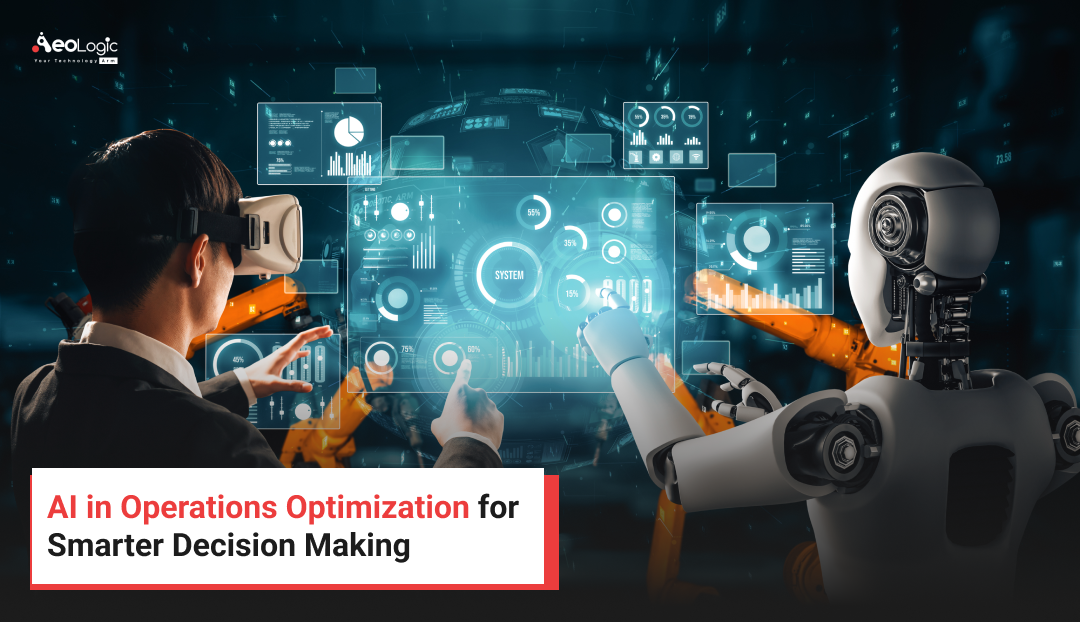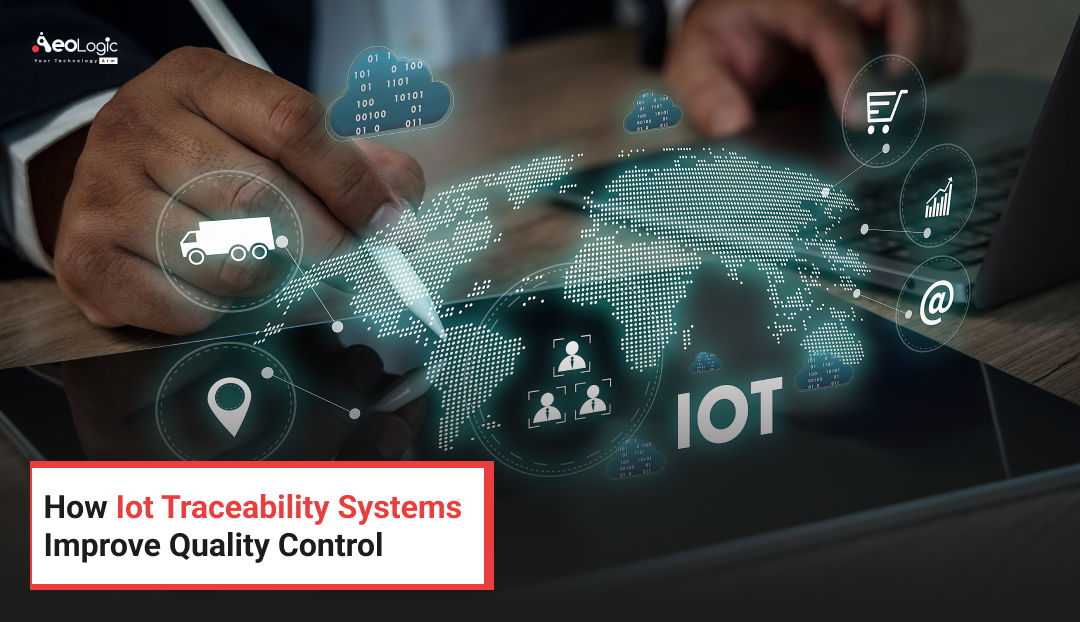]]India is managing to leverage digital technology to lead in socio-economic equity and growth for the last 10 years. The effective use of technology for welfare schemes is key to Prime Minister Narendra Modi’s efforts to make India a $5-trillion economy. The initiative launched by Digital India in 2015 has helped in improving the delivery of government support and public services. The software industry has revolutionized India in more ways than one. Apart from creating millions of jobs, it is also supporting the central and state governments in enhancing governance. The focus is on digitizing various welfare schemes and creating a strong database. Also, having a universal identifier in Aadhaar is helping the government target its welfare efforts and saving millions of costs. Enhanced delivery of welfare expenditure is projecting to have a multiplier effect on economic growth and welfare.
With more than 1.3 billion population, India has no choice but to adopt digitization to optimize resources for effective outcomes. There are various success stories of the use of technology for welfare schemes. This includes digital India in governance, service delivery, financial transactions, identification mechanism, and population register. Efforts are on to imitate these success stories in more verticals. In order to facilitate informed decision-making, creation of a population register, inclusiveness in financial dealings, and better infrastructure planning.
Also read: How to Technology Help in Government Schemes in India
What does the Stats say?
Digitization is crucial in identifying the beneficiaries based on constitutional rights and eligibility for various welfare schemes. It was in 2012 that the first challenge for the Direct Benefits Transfer (DBT) with efficient financial inclusion was highlighted. All categories of financial institutions—banks, cooperative banks, post offices, National Payments Corporation of India, payment gateways, and credit cards were generating their digital processes independent of each other.
The challenge then was to make the IT connect. The digital revolution of DBT payment was the first phase toward making a strong bridge for financial transactions across financial institutions. For cooperative banks and post offices, software that allowed credit into beneficiary accounts in 20 days was accepted. The system became operational in 2012 with all financial software and transaction platforms getting in sync. Therefore, the use of technology for welfare schemes was initiated with this. And it became the foundation that allowed the government to generate nearly 85% of its transactions with citizens and merchants cashless. Efforts are on to make it 100%.
The efforts towards the use of technology for welfare schemes ran parallel to financial inclusion. However, then accounts were open only in banks that constitute 13-15% of financial institutions. Hence, this resulted in the accounts at far-off locations becoming non-operative. The demand now is to systematically plan and map all financial institutions within a 5-km radius. For ensuring better financial inclusion and more digital transactions.
Also read: Role of Technology in the Government and Public Sector Undertakings
Digital Revolution in the Government
Digitization is bringing a paradigm shift in governance. From welfare mode to entitlement mode. This is creating a demand on having a robust real-time household-wise database. Furthermore, it is assisting the government to disburse entitlements instead of waiting for anyone to apply. The notion is to have a common household database rather than silos of individual databases that have changed over some time. Many times, these databases are not connecting and are updating at different frequencies. Aadhaar may have helped in preventing duplication in many cases. However, in this case, it may not be of help as the household is the basis of entitlement.
A household database with a unique number assigned to each household was built up by implementing the Socio-Economic Caste Census and the National Population Register data. Thus, the common household database had verified parameters such as BPL, address, gender, caste, and bank account number seeded once as per the choice of the individual. All government departments that provide wages, housing, scholarships, food security, differently-abled assistance, health, and labor worked in their security-protected vertical columns.
The leverages once provided were available in read-only mode. This enabled the linking of insurance and health benefits with the software. The claims went up manifold. While ensuring the benefits are reaching as per entitlement. This is how the effective use of technology for welfare schemes is helping the government.
Conclusion
The use of technology for welfare schemes of government services has not just enabled DBT. But it is also eliminating wastage of resources and duplication of assistance by multiple departments working for similar objectives. It is a step toward better convergence and coordination amongst government departments. And sharing of information. This, along with privacy and data security, remains a major challenge for the government.
If you are searching for industry experts, then kindly contact us at support@aeologic.com
FAQs
How the government of India is implementing different welfare schemes?
PM-KISAN (Pradhan Mantri Kisan Samman Nidhi) Scheme, PM Garib Kalyan Yojana (PMGKY), Pradhan Mantri Kisan Maan Dhan Yojana, and Pradhan Mantri Shram Yogi Maan-Dhan.
How can the welfare of workers be enhanced?
Corporate communication must be active and carried out regularly and smoothly. An employee survey or meetings with employees where their suggestions are taken into consideration are key to improving well-being at work.





